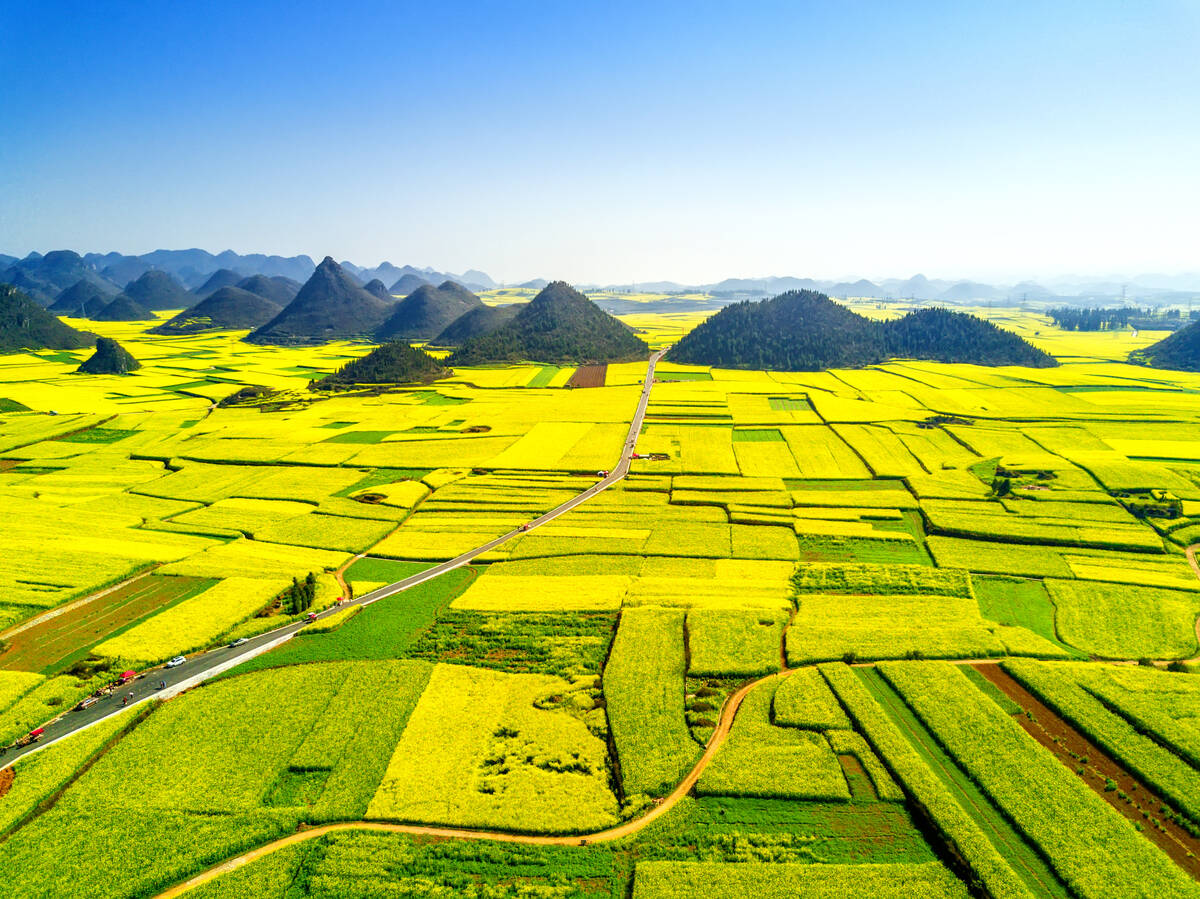SAN FRANCISCO, Calif. (Reuters) — California’s catastrophic drought has most likely been made worse by man-made climate change, according to a report released by Stanford University.
However, scientists are still hesitant to fully blame the lack of rain on climate change.
The research, published in the Bulletin of the American Meteorological Society as part of a collection of reports on extreme weather events last year, is one of the most comprehensive studies linking climate change and California’s ongoing drought, which has caused billions of dollars in economic damage.
Read Also

Short rapeseed crop may put China in a bind
Industry thinks China’s rapeseed crop is way smaller than the official government estimate. The country’s canola imports will also be down, so there will be a lot of unmet demand.
The report found that high-pressure ridges like the one that stubbornly parked itself over the Pacific Ocean for the past two winters and blocked storms from hitting California, are much more likely to form in the presence of man-made greenhouse gases.
The ridge, dubbed the Ridiculously Resilient Ridge by researchers, or “Triple R,” parched the state during the past two rainy seasons.
“You can visualize it as a fairly large boulder in a small stream,” said Daniel Swain, a lead author on the report, which said the phenomenon has caused storms to bypass not only California but also Oregon and Washington, pushing rain as far north as the Arctic Circle.
Using climate model simulations, researchers found “Triple-R” events are three times more likely to occur today than in preindustrial climates.
Scientists also determined that severe droughts could become more frequent as long as high levels of greenhouse gases remain.
“California is more likely to see these episodes in the near term,” said environmental scientist Noah Diffenbaugh, who led the study.
Despite the findings, Thomas Peterson, principal scientist at National Oceanic and Atmospheric Administration’s National Climactic Data Center and one of the report’s editors, said it is still hard to definitively link rainfall to climate change.
“There is so much variability in rainfall,” Peterson said. “Finding a signal and attributing how much of the signal is climate change is difficult.”
Marty Hoerling, a NOAA research meteorologist, said atmospheric pressure has increased everywhere be-cause of global warming, so systems need to be studied in that context.
“It’s not the pressure, per se, that determines which way the storms will move,” he said. “But it’s the difference of how the pressure changes from one location relative to another.”














